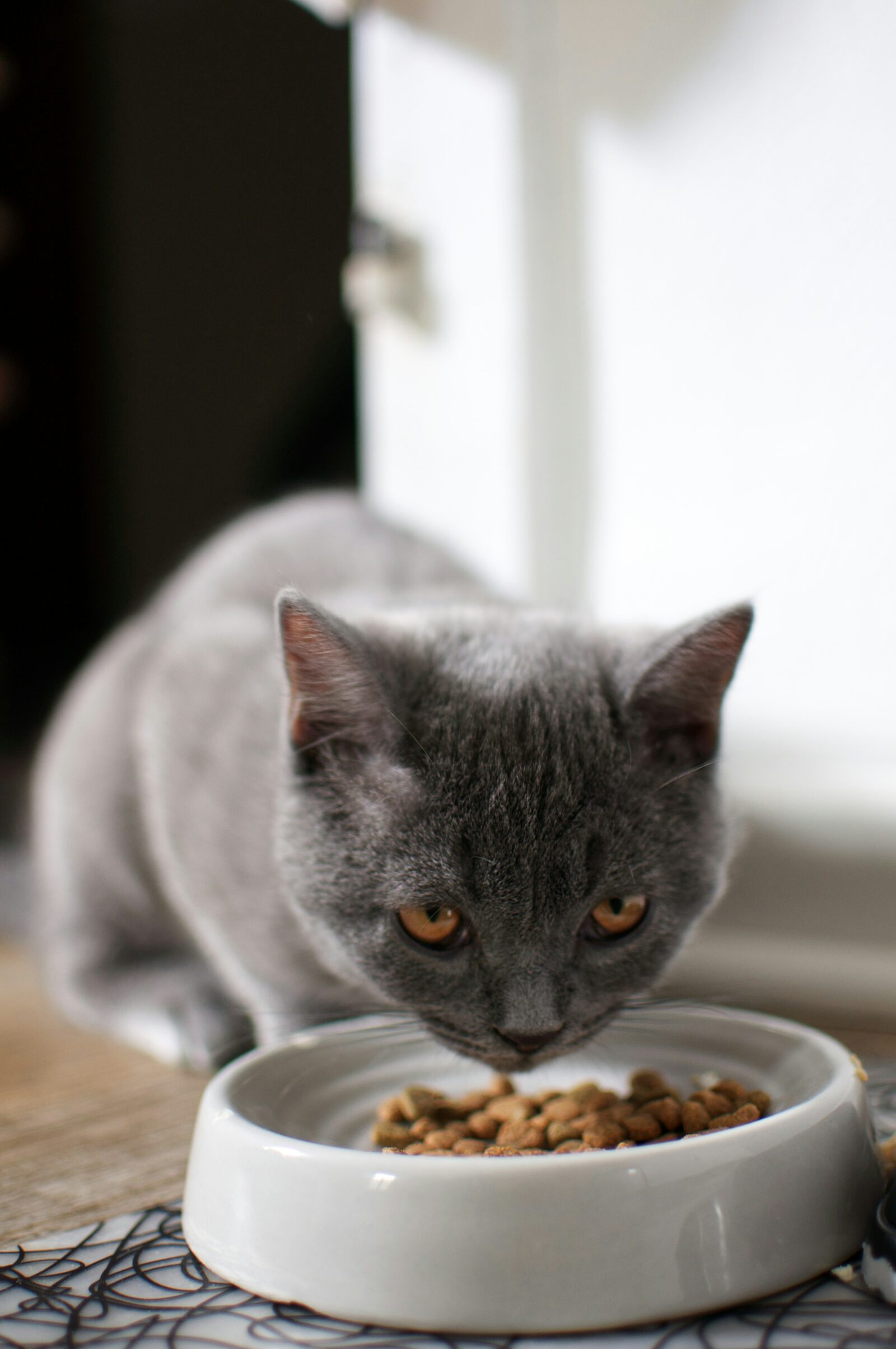Bringing a new kitten home is an exciting experience. One of the most important decisions you’ll make as a pet owner is choosing the right food and treats for your growing feline friend. The right nutrition is crucial for their development, health, and happiness. But with so many options on the market, how do you know what’s best? In this guide, we’ll walk you through how to choose the best kitten food and treats, breaking down key factors to consider.
1. Understanding Kitten Nutritional Needs
Kittens have specific nutritional requirements that differ from adult cats. Between birth and one year of age, kittens undergo rapid growth, requiring food rich in essential nutrients to support their development.
Key Nutritional Components for Kittens:
- Protein: A kitten’s diet should consist of around 30% protein. This is necessary for muscle growth and overall development. Look for high-quality protein sources like chicken, turkey, fish, or lamb.
- Fats: Fats provide energy and support a healthy coat and skin. Kitten food should have around 15-20% fat content.
- Vitamins and Minerals: Calcium and phosphorus are essential for strong bones and teeth, while taurine, an essential amino acid, supports eye and heart health.
- DHA (Docosahexaenoic Acid): DHA is an omega-3 fatty acid crucial for brain and eye development in kittens.
2. Wet vs. Dry Kitten Food: Which is Best?
Both wet and dry kitten food have their advantages, and the choice often depends on your kitten’s preferences and specific needs.
- Wet Kitten Food: Wet food tends to have higher moisture content, which is beneficial for kittens who may not drink enough water. It’s also more palatable and easier for young kittens to eat, especially when transitioning from mother’s milk. However, it can be more expensive and spoil faster once opened.
- Dry Kitten Food: Dry food is generally more cost-effective and convenient, as it can be left out for free feeding. It also helps promote dental health by reducing plaque and tartar buildup. However, dry food has lower moisture content, so ensure your kitten is drinking plenty of water.
Many pet owners find that a combination of both wet and dry food offers the best of both worlds, providing balanced nutrition and hydration.
3. What to Look for on the Label
When selecting kitten food, it’s important to carefully read the label. Here’s what to focus on:
- AAFCO Statement: Ensure the food meets the standards set by the Association of American Feed Control Officials (AAFCO), which ensures that the product provides complete and balanced nutrition for growing kittens.
- Ingredient List: Look for whole proteins as the first ingredient (e.g., chicken, turkey, or fish). Avoid foods with fillers like corn, wheat, or soy, as these ingredients offer little nutritional value.
- Guaranteed Analysis: This section will tell you the minimum percentages of protein and fat, as well as maximum percentages of fiber and moisture. Compare these to the recommended nutritional needs for kittens.
4. Kitten Food Options: Breaking Down the Choices
The market offers a wide range of kitten food options, from budget-friendly to premium brands. Here are some popular choices:
- Hill’s Science Diet Kitten: Known for high-quality ingredients and balanced nutrition.
- Royal Canin Kitten: Formulated with precise nutrition for growth and development.
- Blue Buffalo Wilderness Kitten: A grain-free option with high levels of protein.
- Purina Pro Plan Kitten: A more affordable option that still meets nutritional standards.
5. How Often Should You Feed Your Kitten?
Kittens need to eat more frequently than adult cats. Here’s a basic feeding schedule:
- 0-4 weeks: Kittens should be nursing from their mother or being bottle-fed kitten formula every 2-3 hours.
- 4-8 weeks: Start introducing wet kitten food mixed with kitten formula. Feed 4-6 small meals daily.
- 8-12 weeks: Transition to wet or dry kitten food with 3-4 meals per day.
- 3-6 months: Feed 3 meals per day.
- 6-12 months: Transition to 2 meals per day.
6. Choosing the Best Kitten Treats
Treats can be a great way to reward good behavior or help with training, but they should not make up more than 10% of your kitten’s daily caloric intake. When choosing treats:
- Low-Calorie Options: Look for treats with low calories to avoid overfeeding.
- Nutrient-Rich Treats: Choose treats that provide additional nutrients, such as those with added taurine, DHA, or vitamins.
- Avoid Human Foods: Many human foods are toxic to cats, including chocolate, onions, garlic, and grapes. Stick to treats formulated specifically for kittens.
Popular kitten treats include:
- Greenies Feline Dental Treats: Helps with dental health.
- Wellness Kittles: Made with natural ingredients.
- Temptations Kitten Treats: Affordable and easy to find.
7. Common Mistakes to Avoid When Feeding Your Kitten
- Overfeeding: While it’s tempting to indulge your kitten, overfeeding can lead to obesity and other health issues. Follow portion recommendations based on your kitten’s age, weight, and activity level.
- Not Providing Enough Water: Even if feeding wet food, ensure your kitten has access to fresh water at all times.
- Skipping Meals: Kittens need consistent nutrition, so don’t skip meals, even if they’re picky eaters. Try different food textures or flavors if they’re not eating enough.
8. Transitioning to Adult Cat Food
At around 12 months old, your kitten will need to transition to adult cat food. Do this gradually over 7-10 days to avoid upsetting their stomach. Start by mixing a small amount of adult cat food with their current kitten food, gradually increasing the proportion of adult food while decreasing the kitten food.
9. Consulting Your Veterinarian
If you’re ever unsure about your kitten’s diet or notice any health issues, consult your veterinarian. They can provide personalized recommendations based on your kitten’s health, breed, and any specific dietary needs.











Leave a Reply